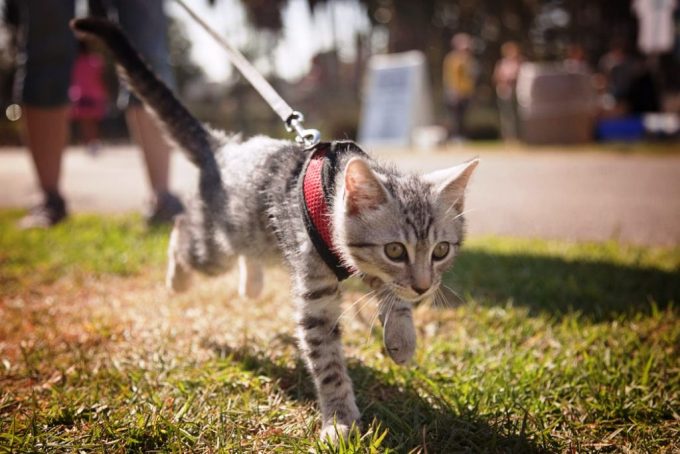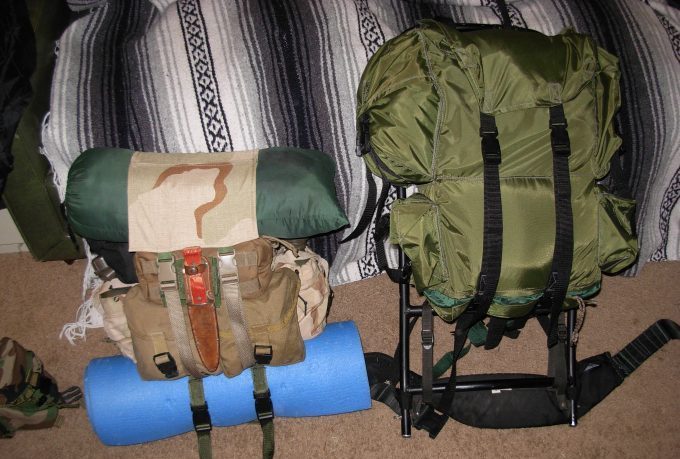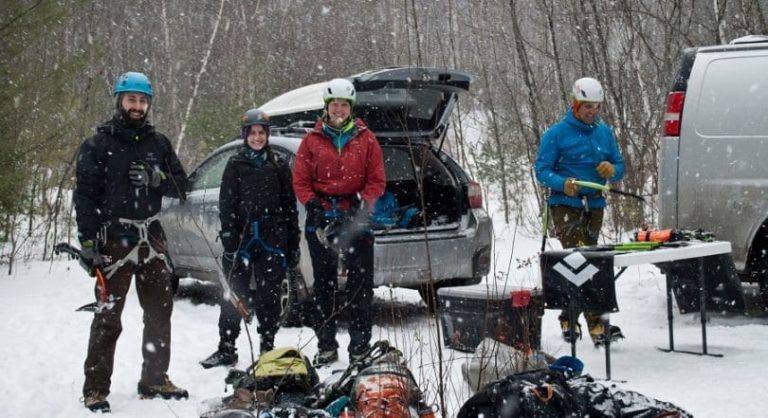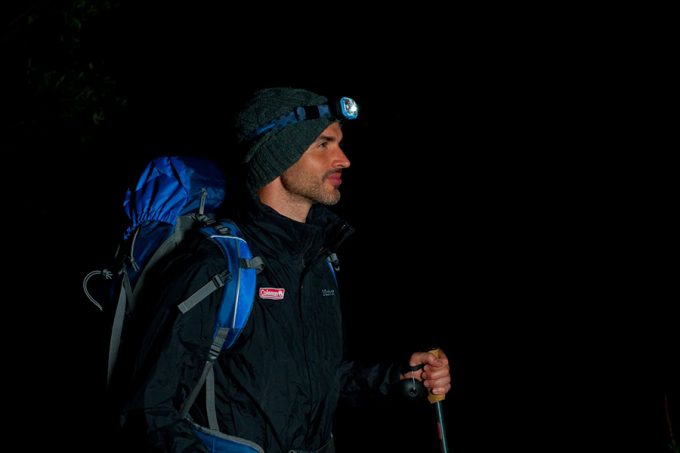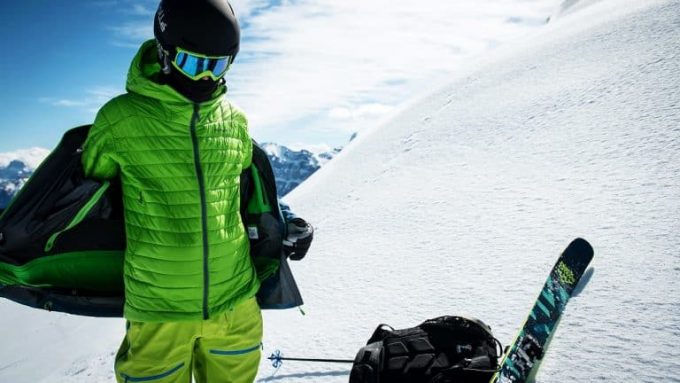Mountaineering Gear List: What You Need to Be Prepared on the Trail
If you’ve ever climbed a mountain you know that it’s definitely not easy. If you haven’t, however, then you definitely shouldn’t be going without some help. That’s what this mountaineering gear list is going to be all about, making sure that you’re ready to head out on that trail, with all the gear you need.
After all, the most important thing about heading out on any kind of trip is that you come back from it completely safe and the right gear is going to make that happen.
What You Absolutely Need
So, let’s get down to the first step in this process, deciding what you need. That way, you’ll be able to cut out some of those extra items that really just weigh you down. Okay, so maybe some of those extras make the trip a little bit easier too, but if you start with the necessities, you can start to spend a little more on those extras later on.
Some Form of Navigation
There are plenty of different ways that you can navigate your way through the wilderness. You can get a handheld GPS, a GPS on your phone or smart device, a paper map and a compass or any variation of these things. The important thing is you absolutely need to have at least one method. To learn how to choose the best hiking GPS you can use, see our article on this topic.
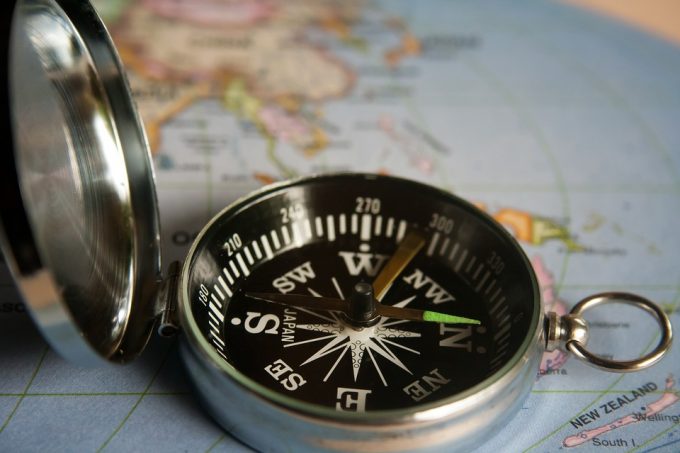
Some people hike the same trail over and over again until they know it like the back of their hand. Unfortunately, things can happen while you’re in the wilderness and even the most knowledgeable adventurers could find themselves lost.
Having a map or a GPS to help you could mean the difference between getting out of that situation and being stuck until someone finds you.
Protection From the Elements
You never know what could happen while you’re out in the wilderness. A bright sunny day could turn into a downpour before you know it and a cold day can turn into a warm one in no time at all.
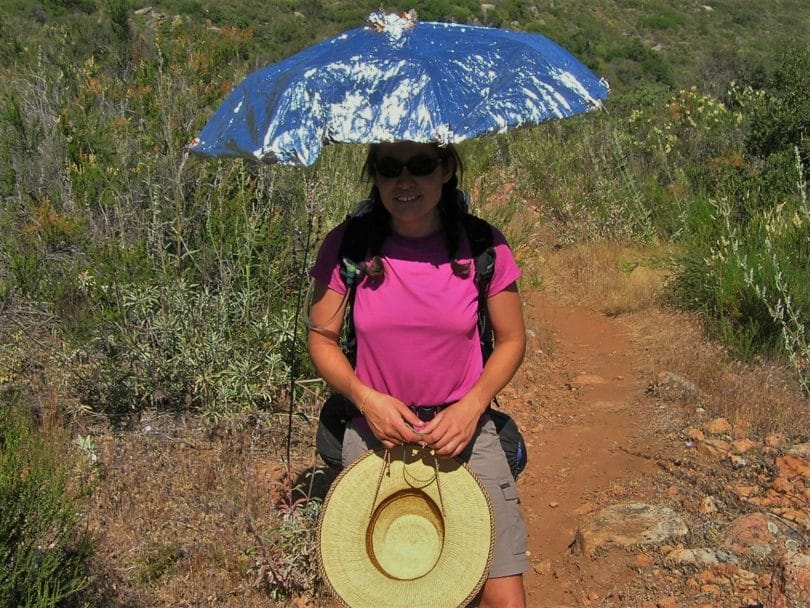
Having the right clothes to keep you comfortable is essential so you don’t end up entirely miserable or even sick as a result of your trip (or even on the trip). That means you should always have sunscreen and a hat to protect you from the sun, but you should also have an extra set of clothes in case you get wet, a warm jacket, sweater or sweatshirt in case it gets cold and some type of rain gear in case it’s still raining.
Lighting for the Dark
Even if you’re planning to be back home before dark you always want to be prepared. What if you get lost out there? What if you lose track of time? What if it gets dark early because of a storm? You always want to be able to see and that means having some type of flashlight or headlamp. Check out the top rechargeable flashlight for your reference.
You will be able to see no matter what happens and you can even explore better this way (like if you find a cave you want to check out). Just make sure you have plenty of batteries or a solar powered option so you don’t run out of light halfway through the trip.
First Aid in Case of Emergency
No one wants to get injured while they’re out on a hike, but the unfortunate truth is that it can definitely happen. You could easily find yourself with anything from a simple cut or scrape to a full-blown emergency and you need to know what to do and be able to do it.

After all, if you can’t get ahold of help you need something to keep you safe until you can. A good first aid kit with bandages, antiseptic, scissors, tape and basic medicines could mean the difference between an easy recovery and a very difficult and dangerous one. A first aid kit doesn’t have to be large, but it does need the basics. For more information on the best first aid kit, see our earlier article on this topic.
A Way to Make Fire
No matter how long you’re planning to be gone, you always need to have some method of making a fire. You might find yourself lost and you need a fire to signal help. You may find yourself cold and need a fire to save yourself from hypothermia. Maybe you’re just hungry and want to make a fire that can heat up your dinner.
Knowing how to make a fire with the materials around you is great, but what if you get stuck in a rainstorm and all the branches are wet? Having a fire starter, waterproof matches, a lighter or even candles could be instrumental in keeping yourself safe and being able to build that fire you need (no matter why you need it). These materials are small and yet, they can mean the difference between life and death.
Tools and Repair Supplies
What happens if your backpack breaks halfway through the trip? What if your shoe gets a hole in it? How about if you need to build a fire but don’t have wood? Maybe your path is blocked by vines. All of these things are going to require the right tools.

Having those tools with you is crucial, but it’s important to look at the most valuable and versatile tools so you’re not weighed down too much. A small sewing kit is always going to be a great idea, as is paracord, either in the form of a bracelet, keychain or anything else, because you can use it as a rope for anything (new backpack strap, anyone?). For tips on how to make a paracord bracelet, see our easy DIY instructions.
A small knife is another essential tool you need to have because it lets you get through anything or cut twigs for your fire.
Plenty of Food
Remember when we said you need more supplies than you think you’ll need? That goes for food as well. Always take more food than you should need in case you wind up lost or you’re out for longer than you originally planned. It may only be a couple hours extra, but you never want to run out of food.
Even though you can survive several days without it, no one likes to be hungry. You don’t need to take huge meals, however. What you need is a good stock of granola bars and other ready to eat snacks.

You may want to take some hiking meals, which are generally pouches you just add hot water in. These don’t take up a lot of space so you can store several extras with you easily.
More Than Enough Water
Water is the number one, most important thing you need to have with you when you’re hiking. It’s extremely easy to get dehydrated while doing any type of exercise and especially when you’re outdoors. Becoming dehydrated is also the easiest way to end up in serious trouble while you’re out in the wilderness, so you always want to have extra water along.
It often takes more water than you might think to get through a single day or even a couple hours and if you end up injured or stuck longer than you planned you’ll need even more. Never skimp out on how much water you take on a trip.
Shelter in Place
Okay, so you’re not planning on spending the night out in the wilderness, only a couple hours, but what if something goes wrong? What if you find yourself lost or riding out a storm? You need a way to keep yourself protected and that requires at least a tarp or canopy and some rope.
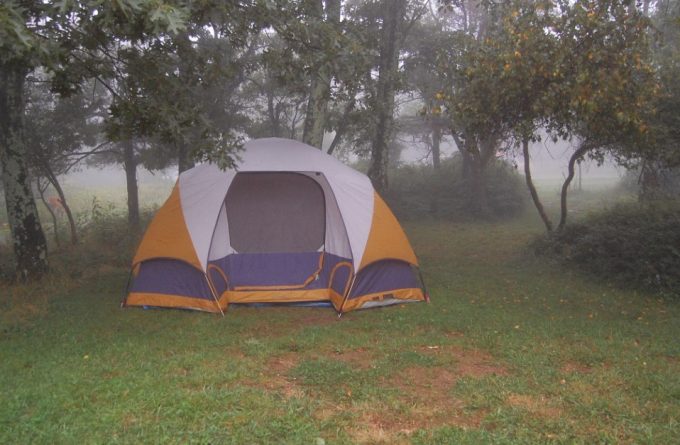
With these two simple tools, you’ll be able to construct a shelter that can keep you out of the elements (at least mostly) and help you stay safe until you can move on or until you are found. If you have more space you can always take a full tent with you, but make sure you aren’t packing more than you can comfortably carry along your trails.
Climbing Gear
You definitely don’t want to just walk up to a mountain and start free climbing if you’ve never been mountaineering before. You want to make sure you have the gear that’s going to keep you as protected as possible and that means rope, a helmet, crampons or specialty climbing boots and carabiners.
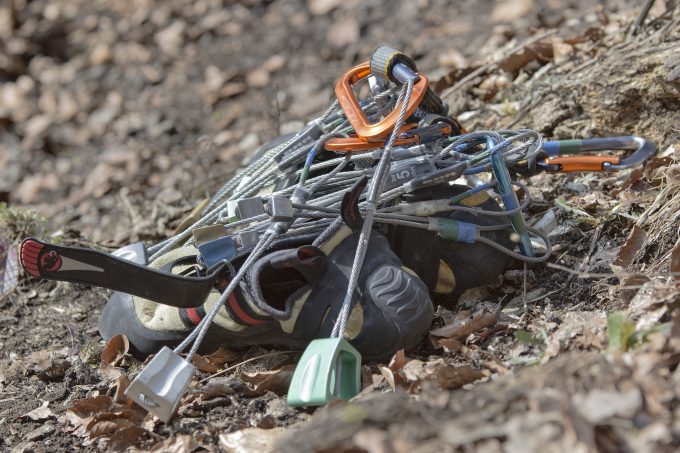
All of these things, along with possibly a rappel device and pulley, are going to make it a whole lot safer for you to climb and that’s extremely important at least until you know what you’re doing (and even then it’s usually the best idea).
What You Can Live Without
Everything else that you can or may want to take with you on a hike is going to be optional. It may make the trip easier or help you feel safer, but it’s not part of the absolutely necessary list. If you head out without one of these things you’re going to be fine. Check out the list following this one for the things that should be the last ones in your pack.
Dishes to Eat On
You’re out in the wilderness, right? So do you really need to have dishes or would you be just fine eating some type of granola bars and just add water packs right out of the bag? Dishes and utensils may be nice, but they’re not really a necessity. You would be able to make it your entire hike without having them.
Whistle
A whistle can be a great tool to have in case of an emergency because it helps alert people to where you are, but it’s not a necessity when it comes to attracting attention.
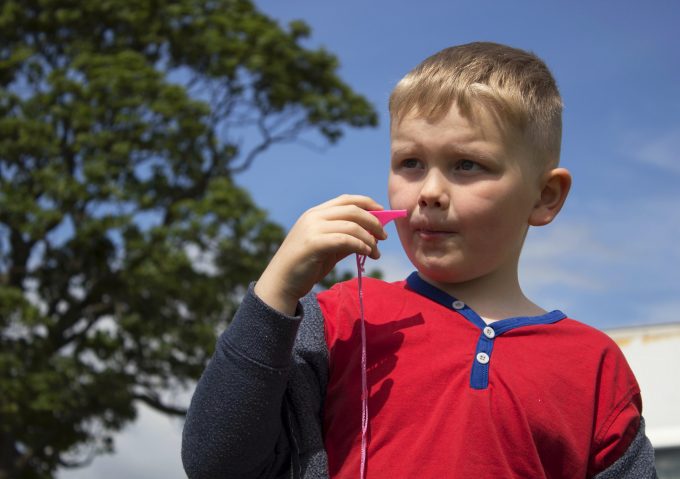
Building a fire can be a great way to get attention and it can be seen a whole lot further than your whistle can be heard.
Toilet Paper
Most people like to have toilet paper when they’re going to the bathroom, but it’s not considered an absolute necessity. Of course, it’s something you’ll probably want to move a little higher up the list so when you’re out in the wilderness you’re going to feel a little better, right?
Hand Sanitizer
Washing your hands isn’t always easy because you don’t want to waste the water you have and you don’t know that using a stream or river is really any better than just leaving your hands as they are.

But keeping germs off your hands when you’re about to eat or after you go to the bathroom can be important so this addition may be one you want to consider carefully.
Binoculars
You’re going to be walking through the wilderness, which means you want to be able to see the things around you. Most of that you can do with your naked eye, without needing any additional tools. Still, you may want to bring along a pair of binoculars to help you see and experience the things that aren’t quite as close to you.
A good pair of binoculars doesn’t need to be large, but it can help you really immerse yourself in what’s around you, which is definitely going to be fun and help improve your experience even more.
Trekking Poles
If you have trouble walking long distances or if the terrain you’re going to be traveling is a little bit rough, hilly or rocky you may want to consider trekking poles. They’re definitely not a necessity, and for some people, they’re even a hindrance, but it’s still important to consider them.

They just might make it easier for you to get around or keep going when you start getting a little tired. Just make sure if you do take them you have an easy way to carry them and if you don’t think you’ll use them just avoid that extra weight.
Guidebook
If you’re looking for specific animals, plants or anything else you may want to take a guidebook along to help you identify things. For most people this is going to be an added accessory however, that’s definitely not important to your being able to get out there and enjoy yourself.
Instead, it can add extra weight and be a little less than ideal. Think carefully before you bring books along on your hike. You may have more fun just walking around and looking at everything instead of having your nose buried in a book while you hike (and it’s less dangerous).
Outdoor Journal
Some people like to record the things that they see and experience while they’re in the wilderness. This can be fun for anyone and it lets you look back on a record of everything that you saw and did. If you’re the type of person who loves to write and record this could be a great choice to add.

It’s definitely not something you absolutely need to take, however, so make sure you consider the extra weight of a large journal or notebook when you’re packing things up. It could be nice to have a record of things for the next time you head out or even for publishing, but it’s not necessary.
Towel
In case you get stuck in a rainstorm or you decide to go for a dip in the river or stream you see as you walk, a towel can be a nice way to get yourself dry and ready for whatever you’re going to do next.
It’s not something you have to have since you will air dry and if it’s not too cold out that can be a great choice. Otherwise, you should have some new clothes to change into and a towel isn’t going to make a whole lot of difference.
Specialty Hiking Clothes
Many people think they need to have special clothes to get out there climbing and hiking, but that’s not the case at all. You can go hiking in any clothes you might have, which is going to save you a whole lot of money.
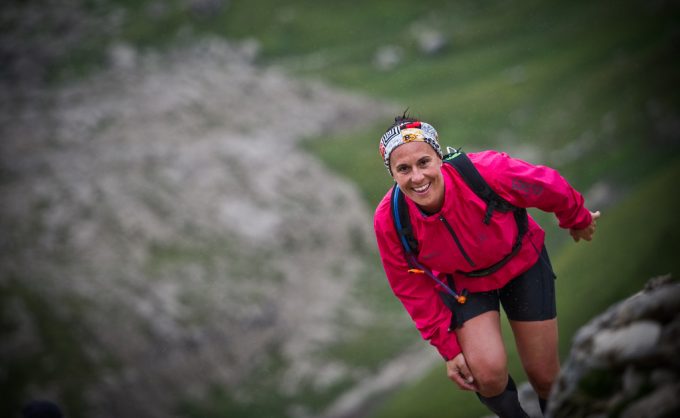
By choosing specialty hiking clothes you can get something more water resistant/repellant or something that is more breathable, but that’s not necessarily as important as you might think. Look at the clothes you have and choose something you’re comfortable in.
Those are the clothes that you’ll likely enjoy the most while you’re climbing and specialty clothes are just a way to spend extra money on a little bit bigger benefit.
Avalanche Transceiver
These can be great if anything happens to you or someone else on your expedition. An avalanche can pop up anytime and for a relatively small device, these transceivers can save a lot of lives. If someone else goes under the snow it will help you find them. If you end up under the snow it will also help them find you, however.
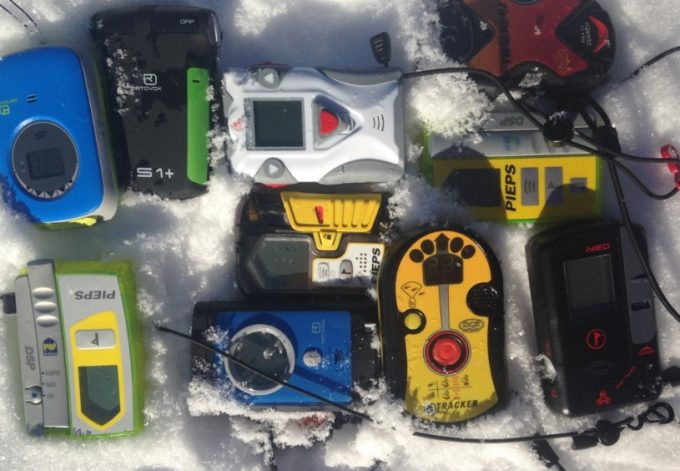
So it works from above or below that blanket of snow, which is extremely important if you’re going to be up in higher areas where there is snow. If you’re hiking and mountaineering in lower areas and snow is not likely you may want to save yourself space and the weight.
Goggles/Glasses for Snow Blindness
It may seem strange, but snow blindness is actually a really important thing to watch out for. You definitely don’t want to find yourself struggling to see while you’re going up the side of a mountain and you don’t want to end up hurting your eyes either.
It’s important to protect yourself while you’re climbing so make sure you look at your mountaineering equipment and make sure you have a pair of glasses in there that will keep you protected. Keep in mind that not all glasses are created equal and your normal pair of sunglasses is probably not going to cut it for this time of sun.
Only If You Have Space
So what about when you have a whole lot of extra space and don’t know what to do with it? First of all, if you have that much extra space you may want to look at what you’ve packed again. You probably are missing something that you really need. Then look at the size of your pack and reconsider whether it’s too big for what you’re planning.
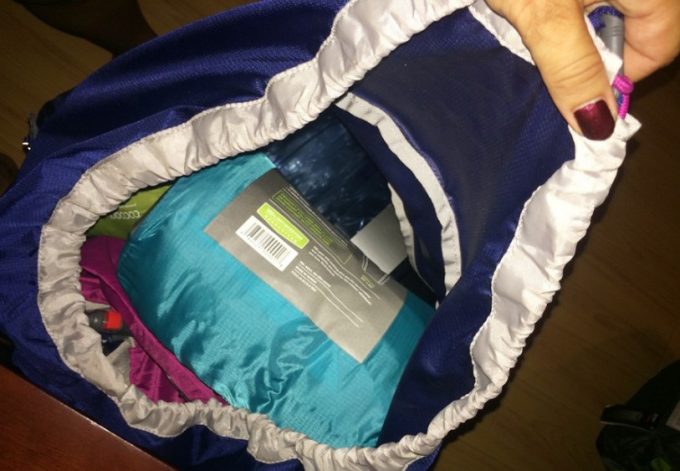
Once you’re sure you really do have everything and you really want to take that pack, consider the items on this list that really add nothing to your experience itself but may add more enjoyment for you. Of course, it’s important to only use them when you’re stopped (no texting and climbing).
Electronics
Aside from a camera or a phone to call for help, there really aren’t any electronics that you need when you’re hiking. If you’re going to be gone for several days a radio may be nice in case of emergency, but for a shorter hike, you really don’t need a tablet or a gaming system to keep you occupied. There should be plenty going on right there around you.
Books
You may want to take a guidebook to something that’s out there in the wilderness, but these aren’t necessities and simple reading books are definitely not necessities. You don’t want to be sitting around on your hike and reading.
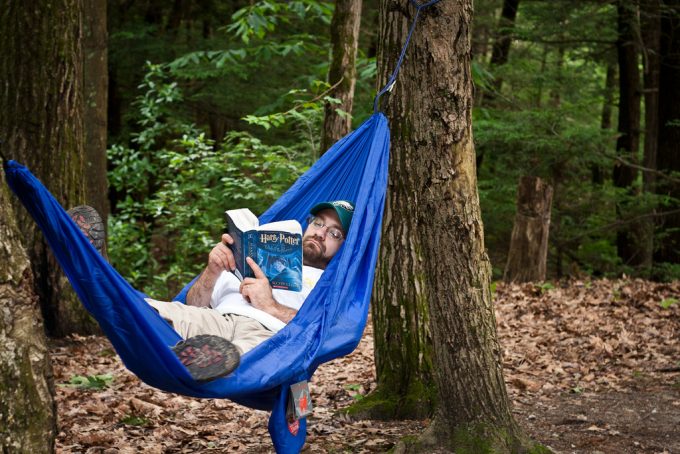
If you want to read outdoors that’s great, but your hike should be spent enjoying what’s around you, not reading a book. Plan a different time for going out and reading and remember that you really want to check out the plants, the animals and the terrain that’s all around you at this point.
Jewelry and Accessories
Okay, you like to make sure that you always look good, but do you really need that necklace with you when you’re hiking? How about that fashion scarf? You want to keep things light when you’re hiking and anything you don’t need is adding weight.
Not to mention if you take something valuable with you into the woods you always run the risk of losing it. No one wants to lose their jewelry or other valuables while they’re hiking, so make sure you’re leaving these things at home. No one on the trails is going to care what you look like anyway.
Extra Camera Lenses
Have you ever really looked at your camera and just how much space it takes up? If it uses interchangeable lenses it’s probably taking up a decent amount of space all by itself, but adding extra lenses makes it even heavier and even bulkier.
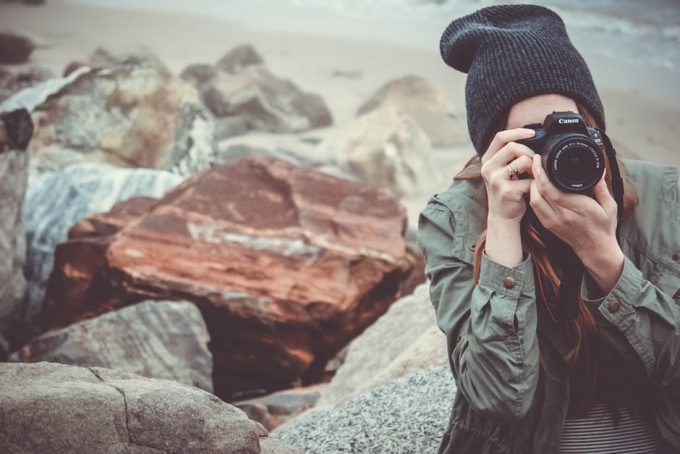
Unless you’re specifically going on a photography hike (and even then it’s questionable) leave all the extra lenses at home and take just one that will provide the best range of photographs. You definitely don’t want to weigh yourself down too much just so you can get that one extra shot.
Beauty Products
These are one of those things to skip even if you do have extra space. Beauty products like facial cleansers, makeup and scrubs are going to take up a lot of space that you need for other things, they’re going to be heavy and they’re not going to be any benefit to you.
In fact, they could be an even bigger problem because those scents might attract animals or insects. That’s definitely going to make the trip less pleasant and a whole lot more difficult, so just do everyone a favor and leave your beauty products on your sink back home.
Bulky Clothes or Towels
Anything that’s going to be bulky is a definite no. Sure that maybe your favorite pillow or the warmest sweatshirt you own, but it’s going to take up more space in your pack and that means less space for other things you might need.
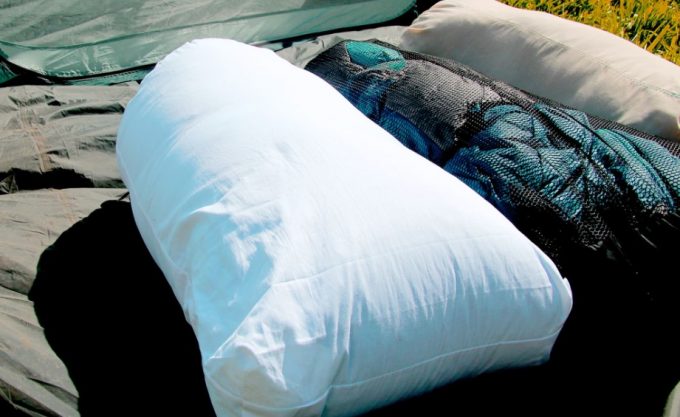
These things may not add much in the weight department, but they make it harder to bring along the stuff you really need, which makes them just as bad. Instead, opt for smaller profile items, and skip the pillow altogether. You’re not going to need it.
Extra … Anything
Other than food and water and maybe a change of clothes, you don’t want anything ‘extra’ in your pack. Instead, you want to take only the things that you know you’re going to need. Don’t pack two jackets when you only need one. Don’t pack a guidebook on each animal when that extra weight is going to make the trip difficult.
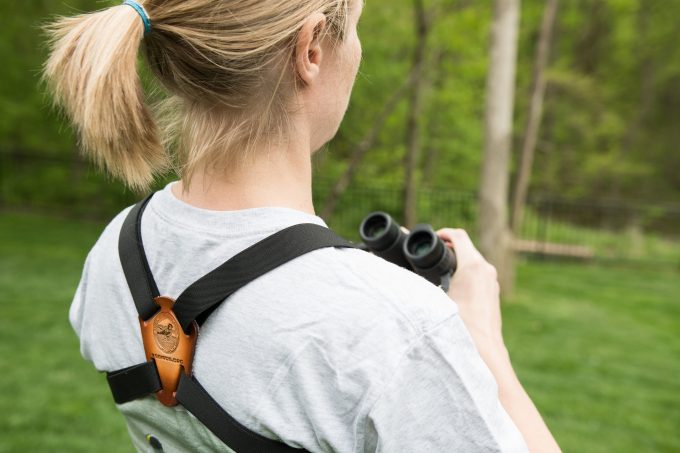
You want to take only the things that are necessary and a few of the additional tools that make things a lot easier for you. That way, you’re going to have no problem taking and enjoying that hike as you go.
In conclusion
No matter what your plans are for your hike, it’s important to always be aware of your surrounding and to take the essential tools with you for your own safety. Keep an eye on the nine things in the very first list. These are the things that are going to keep you safe and help ensure that you make it back home.
If you don’t take those items with you, it could be a difficult or even very dangerous hike. Once you’ve got all of those items packed it’s going to be entirely up to you what you want to take along, so pack wisely.

